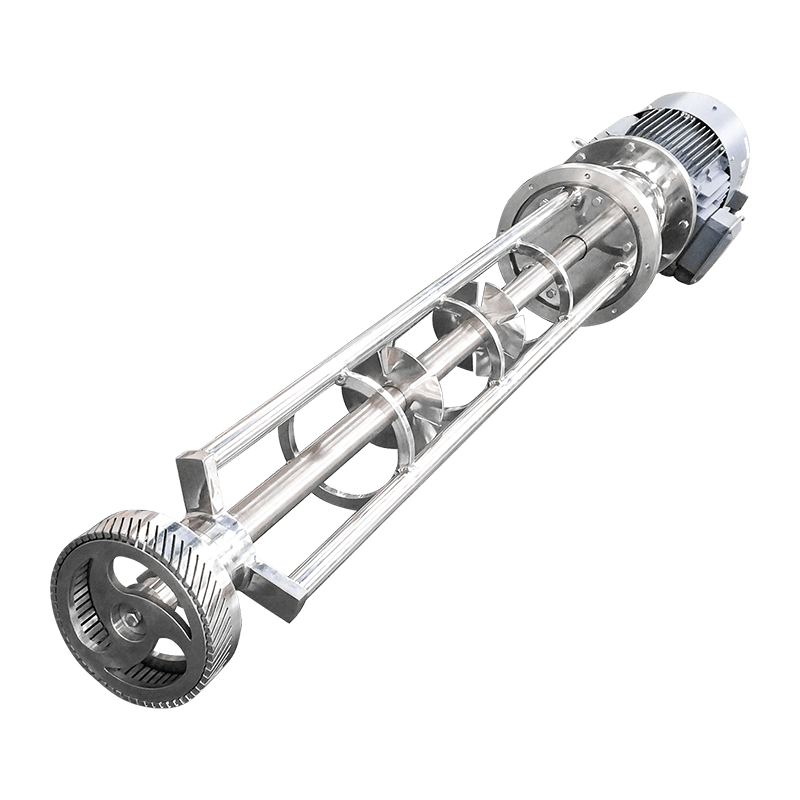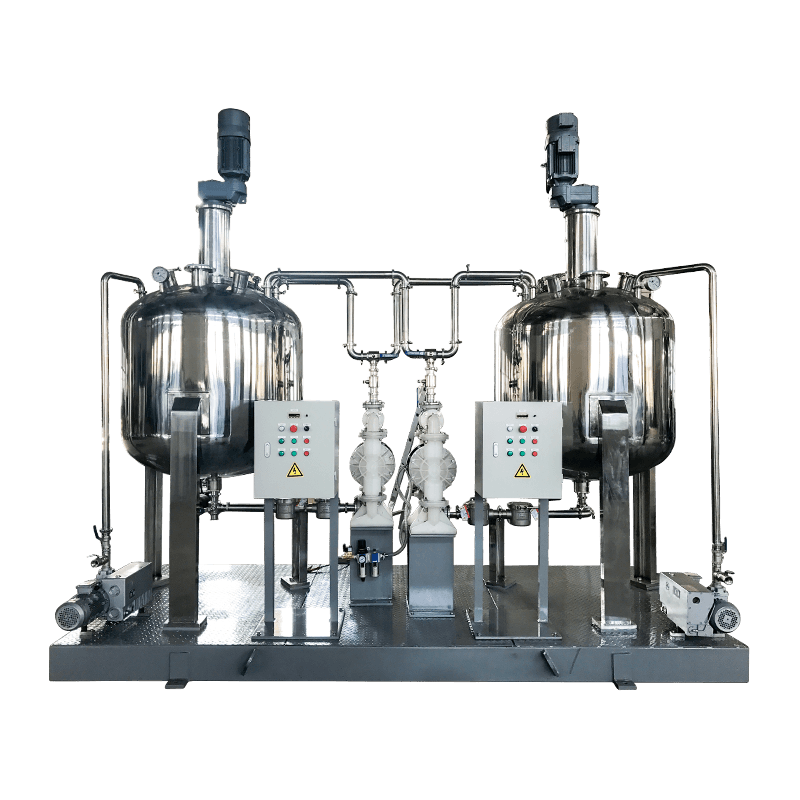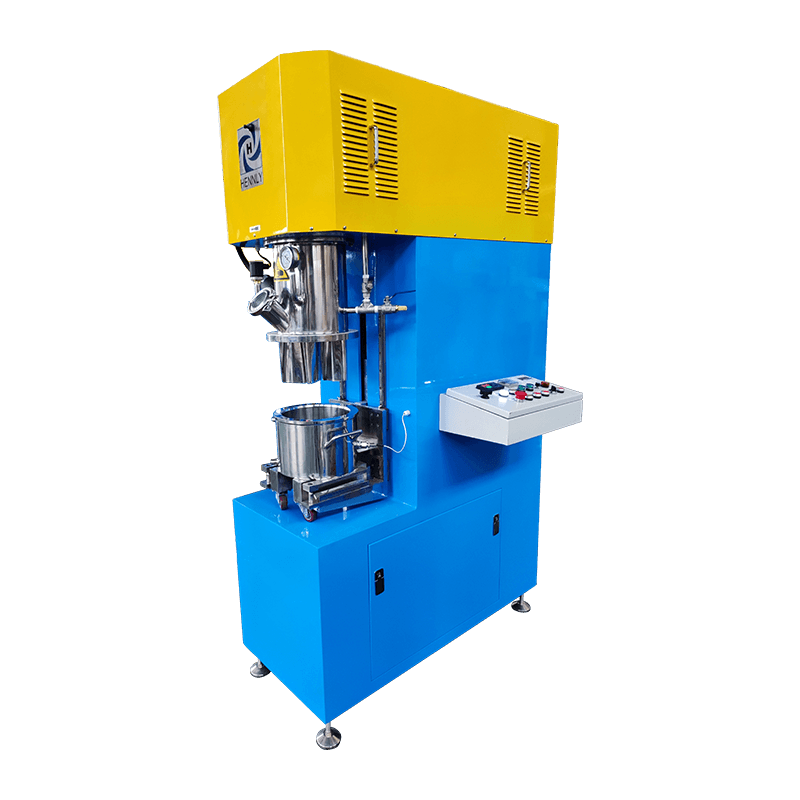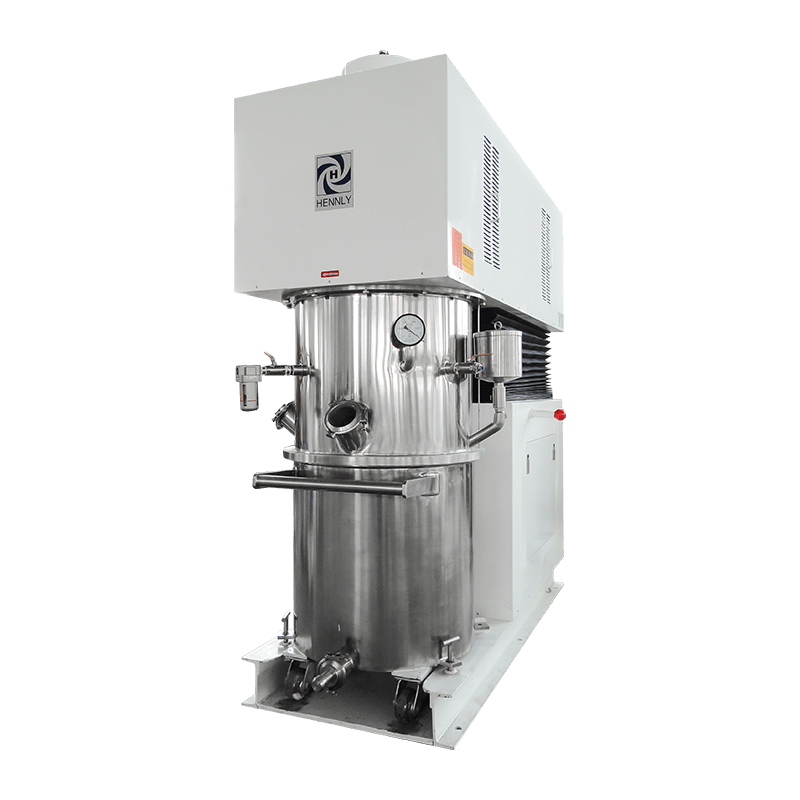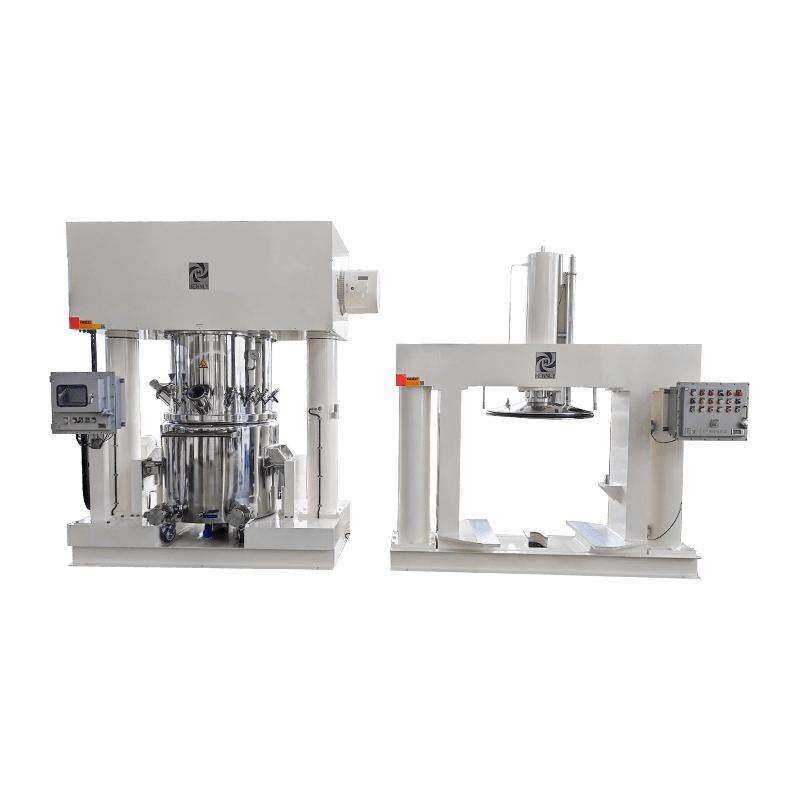What are the effects of poor sealing of industrial high speed disperser
In the operation of high-speed dispersers, the quality of sealing performance is directly related to production efficiency, product quality and safety. Poor sealing will not only cause liquid leakage, but also may cause a series of complex problems, affecting the overall operation of the enterprise.
Liquid leakage is the most direct consequence of poor sealing. During high-speed stirring and dispersing, the equipment often operates at high speed. If the sealing system fails, such as aging, wear or improper installation of the sealing ring, the liquid will leak from the equipment joints. This leakage not only causes material loss, but also may pollute the working environment and increase production costs. More seriously, liquid leakage may cause damage to surrounding mechanical and electrical equipment, increasing the difficulty of maintenance and repair. This hidden danger not only affects the production process, but also may cause equipment downtime and cause greater economic losses.
In addition, poor sealing may also lead to the entry of external gas. In some specific applications, the disperser needs to operate in a vacuum or inert gas environment to prevent oxidation or other chemical reactions. If the sealing performance is poor, the intrusion of external air or gas will directly affect the dispersion effect and may even lead to a decline in product quality. For example, in the production process of coatings and inks, the entry of air will cause foam, which in turn affects the fluidity and coating performance of the product. For some oxygen-sensitive materials, the entry of gas may cause the material to deteriorate and significantly reduce the performance of the final product.
Poor sealing can also significantly reduce the working efficiency of the equipment. The pressure and temperature inside the equipment are key factors affecting the dispersion effect. If the seal is poor, the internal pressure cannot be maintained within the design range, the dispersion effect will be seriously affected, and even particles will agglomerate. This not only reduces production efficiency, but also may lead to unstable product quality and increase the difficulty of subsequent processing. For example, in paint production, insufficient dispersion may lead to problems such as uneven color and insufficient adhesion, which will affect the use effect of the final product.
In terms of energy consumption, poor sealing can also lead to increased energy consumption of equipment. During the high-speed dispersion process, if the equipment is not tightly sealed, the leakage of liquid or gas will force the equipment to consume more energy to maintain normal working conditions. The motor needs to overcome additional loads during operation, which not only leads to increased electricity bills, but also may cause the motor to overheat and shorten its service life. Therefore, from an economic point of view, poor sealing directly affects the operating costs of the enterprise and increases unnecessary expenses.
Delivery delays are also a potential consequence of poor sealing. During the production process, the operating efficiency of the equipment is affected, which may lead to delays in production progress, thereby affecting the delivery time of customers. For some industries with strict delivery requirements, such as the food and pharmaceutical industries, delivery delays may cause customer dissatisfaction and even affect the company's reputation and market competitiveness.
Finally, poor sealing may cause serious safety hazards. After leaking, certain liquids or gases may react with components in the air, leading to the risk of fire or explosion. In the chemical industry, many raw materials are corrosive, volatile or toxic. Leakage will not only cause damage to the equipment, but also pose a threat to the health and safety of operators. Therefore, ensuring good sealing performance of equipment is an important part of ensuring production safety.
Are you interested in our products?
Experienced employees & experts are Always At Your Service to provide you with satisfactory products & professional instruction on technical problem solutions.




